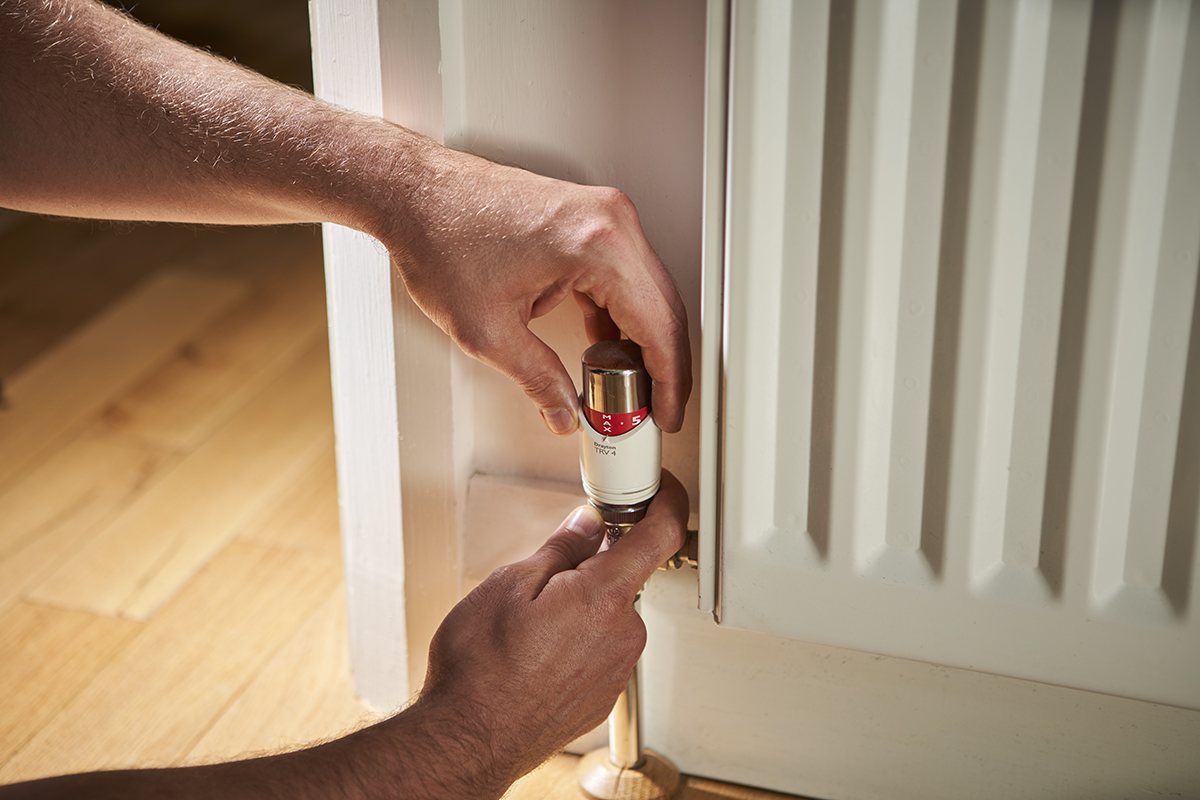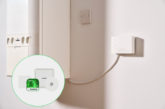
When it comes to getting the most out of a heating system, there’s no one element that’s more important than another, rather multiple different elements must work together. Remi Volpe, Managing Director at Drayton, looks at what these factors are, and the role that the recent update to Part L is playing in improving system efficiency.
As of 2018 when Boiler Plus was introduced, any gas boiler being installed should have a minimum ErP rating of 92%, which was included in the legislation to help lower energy consumption and reduce carbon emissions. However, the efficiency of any boiler is only as good as the overall performance of the entire heating system. If it’s not correctly balanced, fitted with adequate heating controls, and properly maintained, homeowners are unlikely to see any efficiency gains from their heating system.
Recently, Part L of the building regulations was updated in an attempt to ensure that all new or complete replacement systems are fitted to a higher level.
Heating controls and TRVs
Under the recent update to Part L, amendments have been made to ensure that energy is not being wasted by heating empty rooms within the property. Instead, when carrying out a boiler replacement, installers should now ensure that there is thermostatic room control for each room in the home.
This can be achieved with systems like Wiser which, through the Smart Room Thermostats and Smart Radiator Thermostats, allow installers to create individual room temperature control. By upgrading from a basic heating control to a system like Wiser, which offers individual room control as well as other benefits such as Smart Modes, installers can help their customers benefit from over 30% energy savings this winter.
If a customer isn’t looking for smart heating system control, it’s still just as important to ensure that the system is fitted with high-quality time and temperature control. This can be achieved with many programmable thermostats available on the market, such as Drayton’s new Digistat, and many options will also often include additional benefits such as OpenTherm modulation and weather compensation to help make efficiency gains.
Alongside this, to ensure compliance with the new legislation, installers should also ensure that each radiator within the property has TRVs fitted. On any new system, this should be a fundamental factor when designing and quoting for the job. Alternatively, when it comes to boiler replacements, it is fine to leave any existing TRVs provided they are still working correctly. However, when it comes to TRVs, it is best to ensure that any fitted to the system are Class 1 rated, like the Drayton Classic TRV4 is, to guarantee the highest levels of efficiency.
System balancing
System balancing is required as part of the Benchmark commissioning process and it is essentially the process of ensuring that warm water is evenly distributed throughout the heating system, making sure that all radiators receive the correct flow of hot water needed. This is achieved by managing the flow to each radiator to ensure that all rooms heat up evenly.
Unbalanced systems can result in radiators not heating up properly, causing some rooms within the home to be cooler than desired. This also results in heating systems not being able to work to optimum levels, with condensing boilers failing to enter condensing mode due to incorrect return flow temperatures. This results not only in higher heating costs or greater emissions than expected, but an unbalanced, ineffective heating system that can lead to consumer dissatisfaction, which no installer wants.
Although this is something that should be carried out on every new heating system, a lot of the time this step is often skipped as it’s regarded as a complex and time-consuming process. To help resolve this, Drayton recently launched its new Auto-balancing TRV technology, available in its TRV4 and RT212 lines. With these new TRVs, all an installer needs to do is identify the heat output from the radiator the TRV will be fitted to, and then set the valve to the correct position using the setting table included with the product. Once set, the system will remain permanently balanced regardless of TRVs in the system opening and closing, which can help homeowners save on average 8.8% on energy costs.
Lower flow temps
With energy bills rising, many resources have been calling for homeowners to lower the flow temperature of their heating system to help conserve energy. These lower flow temperatures of 55º have also been outlined in the 2022 update to Part L for any new full heating system being installed.
Whilst this is a strong step in helping to make heating systems as efficient as possible, it does consequently place more importance on ensuring a system is correctly balanced. With lower flow temperatures, on an unbalanced system the issue of radiators not heating up correctly is going to be more prevalent than ever, so it’s important that the two go hand-in-hand.
By combining each of these elements together and ensuring they’re following the standards set out in Part L, installers can play a crucial role in helping their customers more easily manage their heating system this year, and benefit from improved efficiency and lower energy bills.













